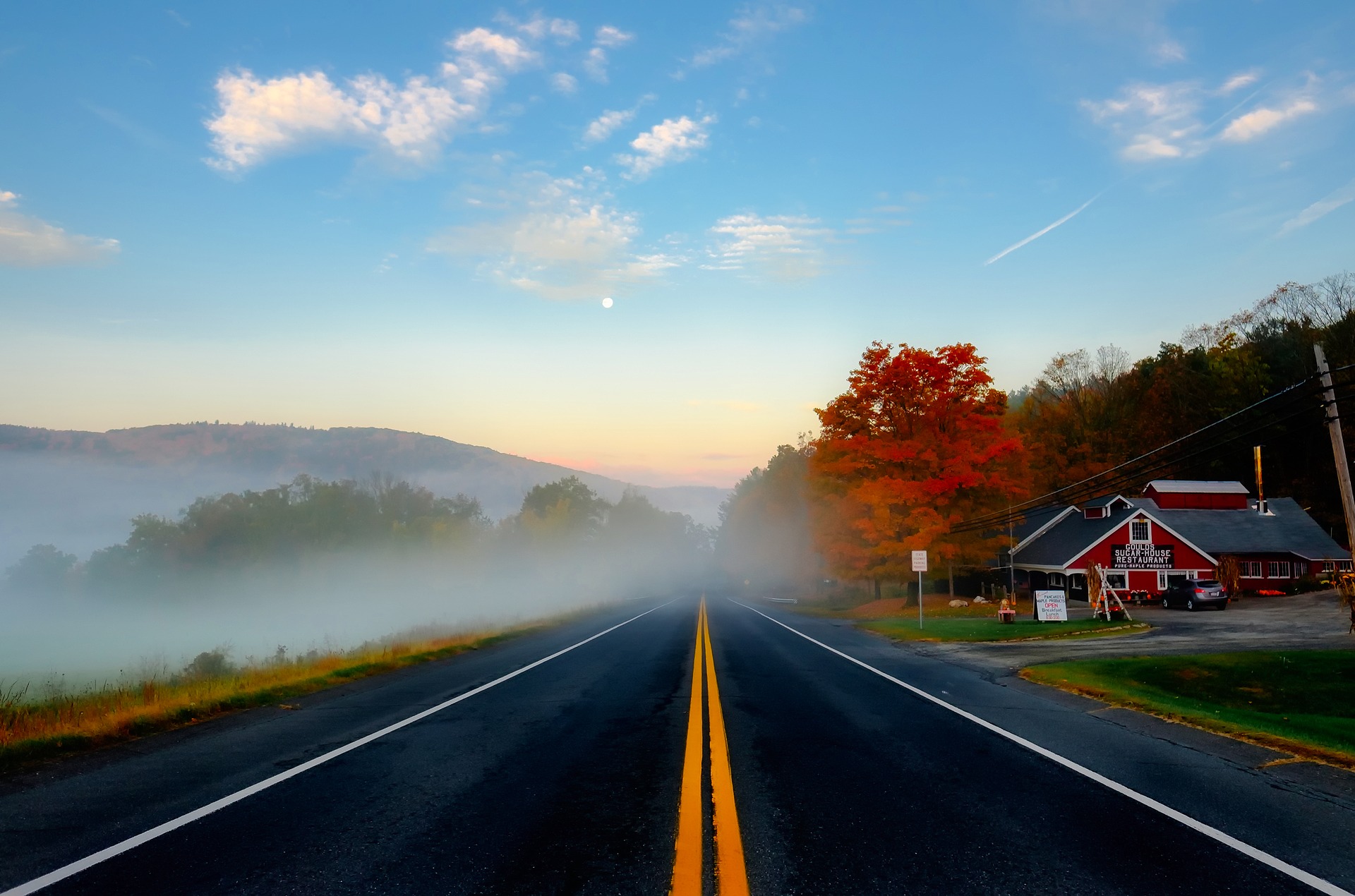
In the vast tapestry of America’s landscapes, scenic byways stand as ribbons of beauty, weaving through diverse terrains and connecting communities while preserving the nation’s natural wonders. Defined by their breathtaking views, cultural significance, and historical value, scenic byways play a crucial role in scenic conservation, allowing us to enjoy the splendors of our environment while fostering environmental stewardship.
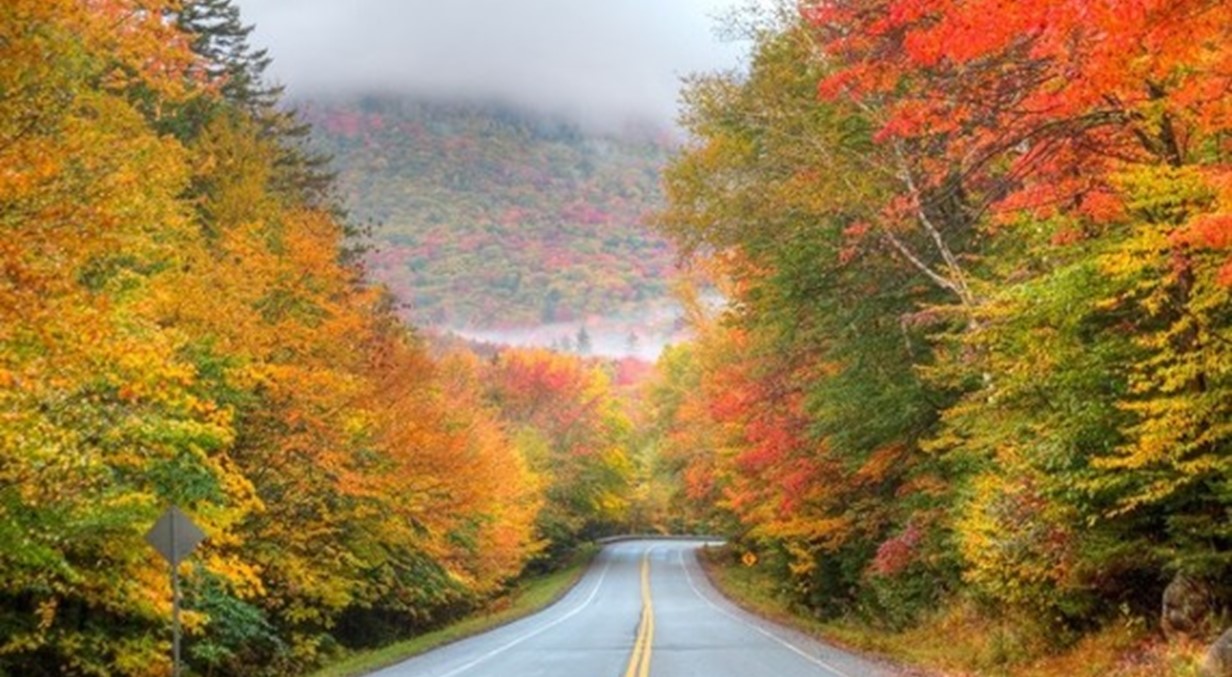
But what is a scenic byway?
In its simplest terms, a scenic byway is a specially designated road that boasts exceptional scenic, cultural, historical, and recreational qualities. These routes showcase the unique character of the regions they traverse, offering travelers an opportunity to connect with the natural and cultural heritage that defines each area.
Scenic byways offer many benefits to the communities through which they run. Besides providing travelers unique experiences and unmatched views, scenic byways offer economic and commercial opportunities to gateway communities, towns, and regions on their routes. What all byways have in common is that they maintain a certain level of protection from unwanted development, blight, and pollution.
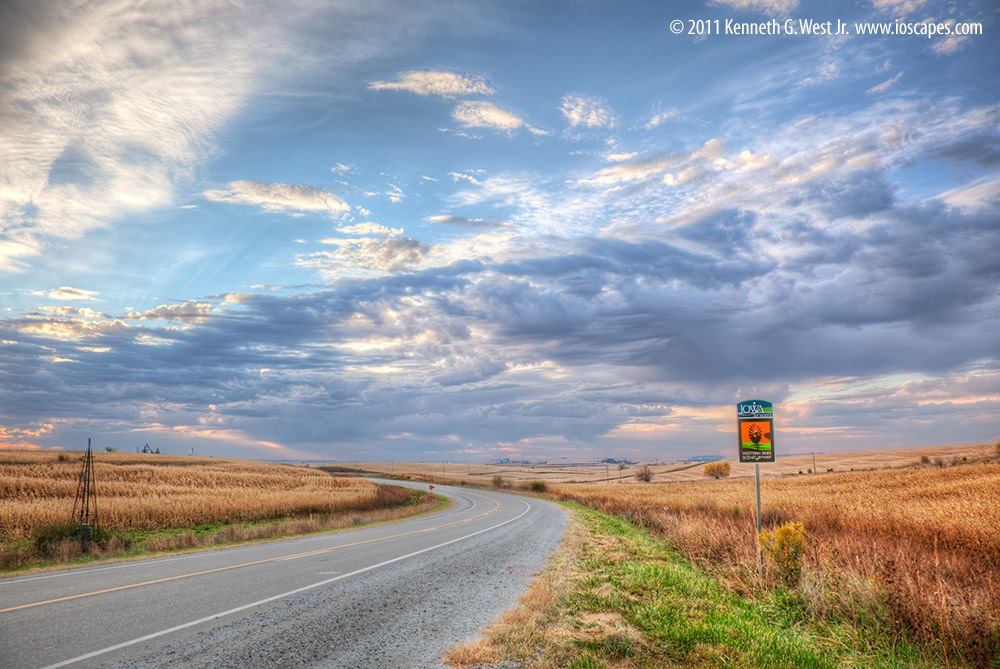
Not all byways are created equal.
Scenic byways come in various forms and designations, each tailored to a specific level of governance and community engagement. Scenic byways may be designated and made official at the local, state, federal, and even tribal levels.
At the local level, municipalities and counties designate local scenic byways based on community-driven initiatives. These routes showcase the distinctive scenic, cultural, or historical attributes of a region, and their management falls under the purview of local government entities. Local communities work to enhance and maintain these byways, fostering a sense of regional pride and attracting visitors to support local businesses.
Moving up to the state level, state scenic byways are designated and managed by state transportation departments. States typically have specific criteria and processes for identifying routes with exceptional scenic, cultural, or historic value. Collaboration with local communities and stakeholders is common in the designation process, and state governments take the lead in managing, promoting, and maintaining these scenic byways.
There are also tribal scenic byways, which are designated by Native American tribal groups to emphasize the preservation of cultural and historical significance. Tribal governments or agencies oversee the management of these routes, ensuring they reflect the values and heritage of the respective tribal communities.
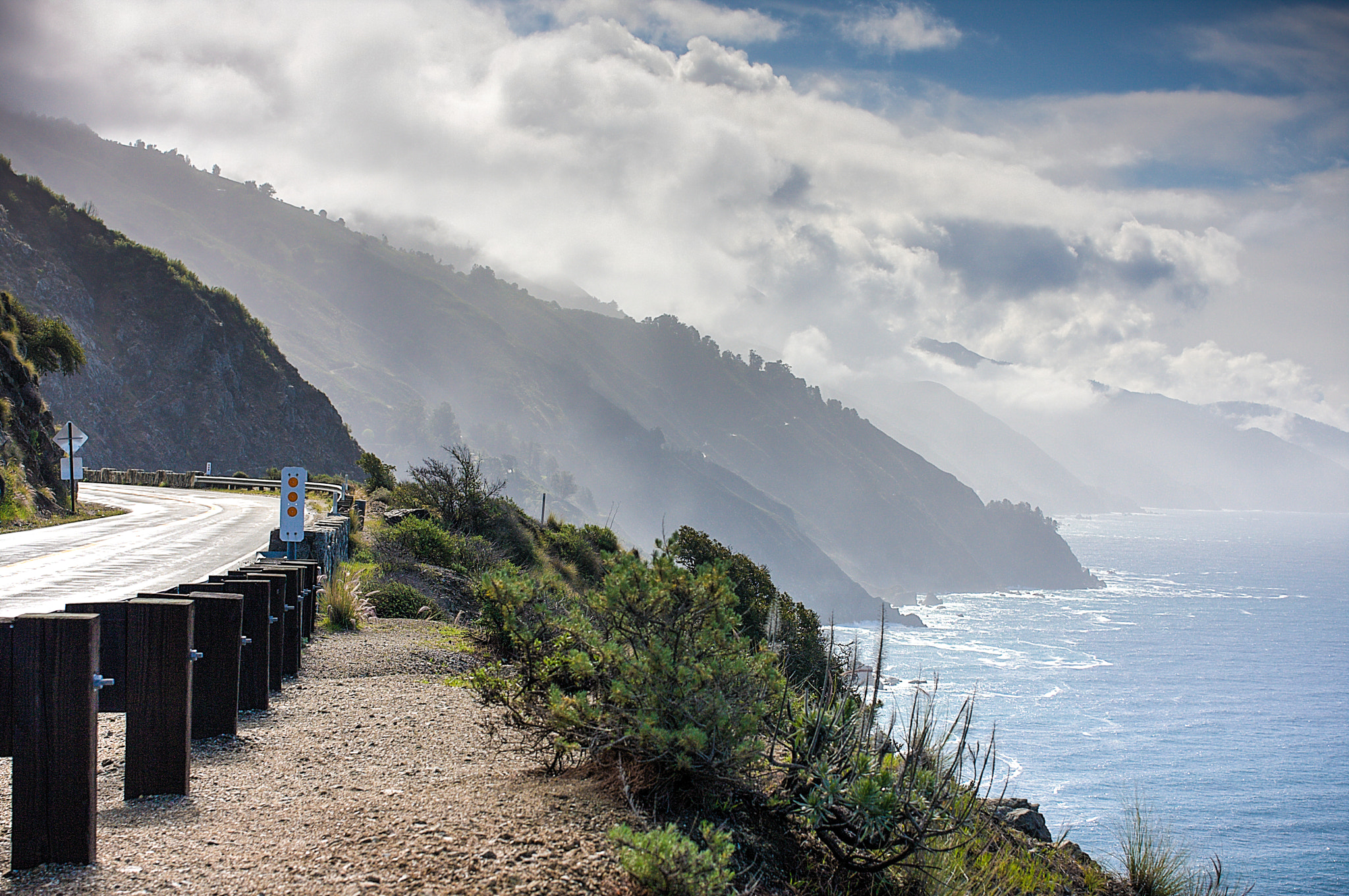
Byways may also be recognized at the national level through designation by the National Scenic Byways Program (NSBP). Routes that receive national designation are recognized for their outstanding scenic, cultural, and historic qualities, and their management involves collaboration between federal, state, and tribal entities to ensure their continued preservation and promotion on a broader scale. The highest designation a national scenic byway can receive is the All-America Road, which includes routes such as Historic Route 66, Great River Road National Scenic Byway, and Big Sur Coast Highway.
Also under the purview of the NSBP, the Bureau of Land Management (BLM) operates a Back Country Byways program which focuses on promoting and managing designated scenic byways within public lands. Back Country Byways typically traverse remote and less-traveled areas, offering unique and pristine landscapes. The program aims to enhance outdoor recreation opportunities, conserve natural and cultural resources, and foster sustainable tourism. Designated routes under the Back Country Byways program provide a chance for visitors to explore the beauty of public lands while maintaining a commitment to environmental stewardship and responsible land use.
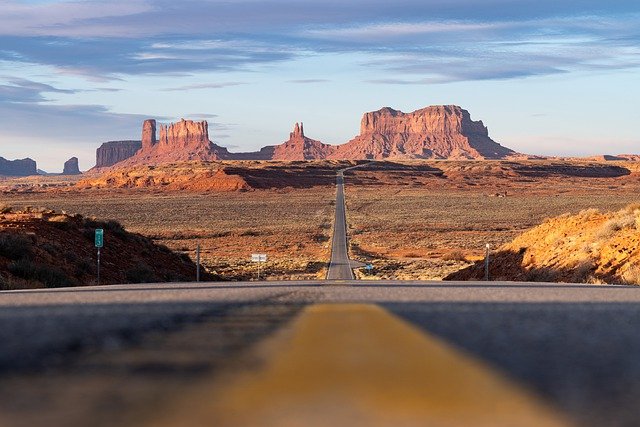
Trail of the Ancients | Photo by Manfred Guttenberger for Pixabay
Scenic byways are economic engines for gateway communities and entire regions.
Scenic byways play a pivotal role in fostering economic growth by serving as conduits for tourism and local development. The influx of tourists along scenic byways translates into increased economic activity for nearby communities, supporting local businesses such as restaurants, shops, and accommodations. As visitors explore these designated routes, they contribute to the growth of the tourism industry, creating job opportunities and generating revenue that can be reinvested into the community.
Furthermore, the development and promotion of scenic byways contribute to the enhancement of infrastructure and amenities in the surrounding areas. Recognizing the economic potential of these routes, local governments and businesses often invest in improvements such as road maintenance, signage, visitor centers, and recreational facilities. These enhancements not only elevate the overall travel experience but also provide lasting benefits to the community by boosting its attractiveness as a destination. In turn, the economic growth stimulated by scenic byways creates a positive feedback loop, encouraging continued investment in both the preservation of natural landscapes and the expansion of local services, ultimately benefiting the broader regional economy.
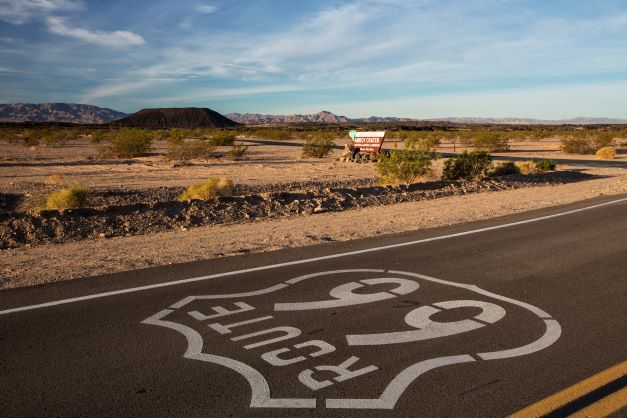
The National Scenic Byways Program protects our most treasured roads at the federal level.
Recognizing the importance of preserving scenic byways as both natural treasures and economic engines, the National Scenic Byways Program (NSBP) was established. Enacted under the Intermodal Surface Transportation Efficiency Act of 1991, the NSBP’s main objective is to promote the preservation, protection, and promotion of America’s scenic byways. Administered by the Federal Highway Administration (FHWA), this program seeks to recognize, enhance, and support outstanding roads that showcase the nation’s diverse landscapes.
Integral to the mission of the NSBP is to foster scenic conservation by promoting responsible and sustainable tourism. By encouraging travelers to explore these designated routes, the program aims to raise awareness about the importance of preserving the unique natural, cultural, and historic features along the way. This approach not only benefits local economies but also instills a sense of pride and responsibility among communities to safeguard their scenic resources.
Scenic byways often traverse areas of ecological importance, and their designation can contribute to the protection of critical habitats and ecosystems. Conservation efforts along these routes may include measures to mitigate the impact of development, preserve wildlife corridors, and promote sustainable practices that ensure the longevity of the scenic and ecological integrity.
Over the years, the National Scenic Byways Program has recognized and designated numerous routes across the country, each telling a story of America’s diverse landscapes. From the Blue Ridge Parkway winding through the Appalachian Highlands to the Pacific Coast Highway offering breathtaking views of the California coastline, these scenic byways have become cherished corridors for both locals and tourists.
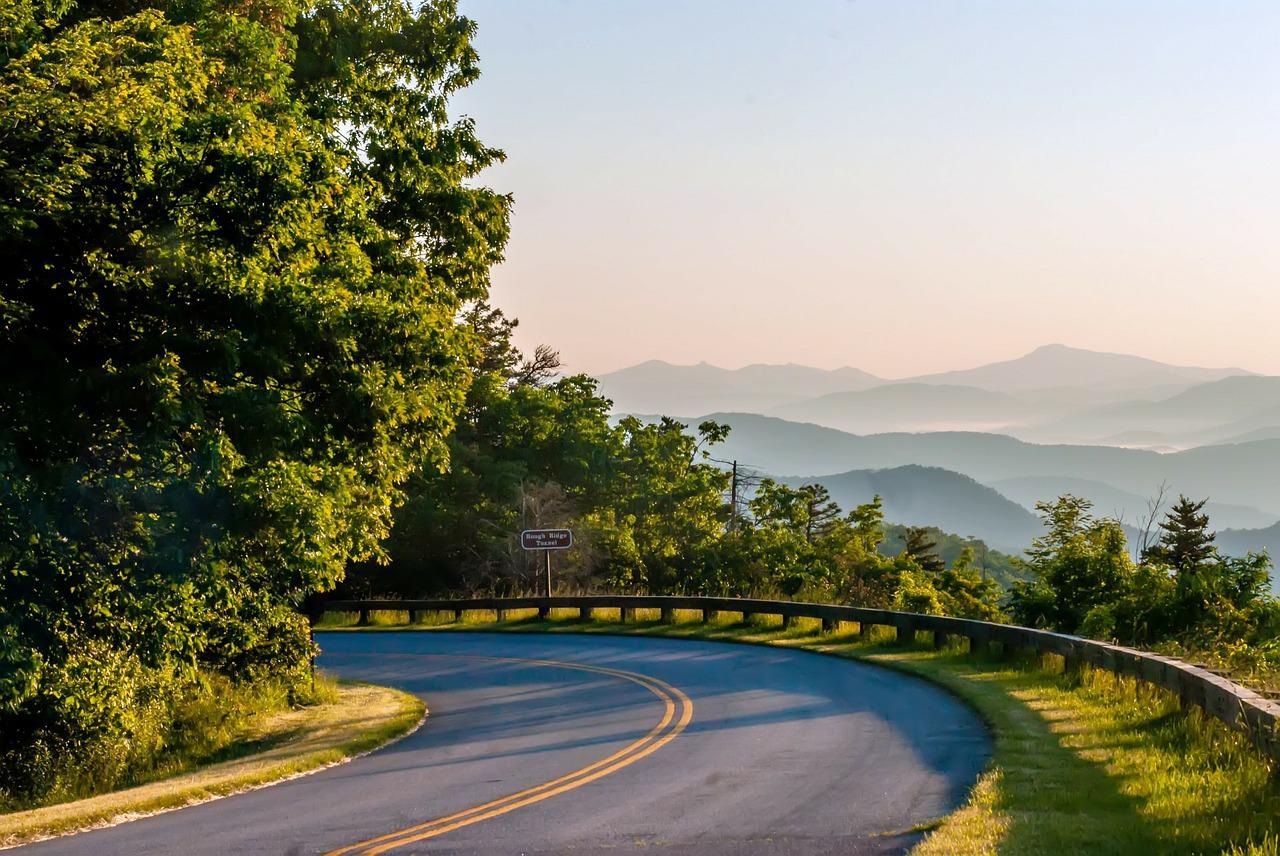
Scenic byways must be actively protected in order to remain recognized at each level, and Scenic America wants to lead the charge.
Every mile of our scenic byways tells a story—a tale of breathtaking landscapes, rich cultural heritage, and the spirit of exploration. Scenic America invites you to be a guardian of these picturesque routes, ensuring they remain untouched treasures for generations to come. Your support can make a difference in preserving the scenic beauty that defines America’s diverse landscapes.
As external pressures in the form of development, outdoor advertising, and budgetary constrictions increase, our scenic byways face the risk of losing their unique charm and visual integrity. Your action today can help protect these corridors of beauty, preventing the encroachment that could diminish their natural, cultural, and historic significance.
Here is how you can help ensure that America’s byways remain preserved and protected for future generations:
- Spread the Word: Share the importance of scenic byways with your friends, family, and community. Use social media, organize local events, and become a vocal advocate for the preservation of these cultural and environmental treasures.
- Get Involved Locally: Engage with local scenic byway organizations and participate in community-led efforts to enhance and protect these routes. Volunteer your time, attend public meetings, and be a voice for the scenic byways in your area.
- Explore Responsibly: When you embark on a journey along a scenic byway, practice responsible tourism. Respect the environment, follow designated trails, and support local businesses that contribute to the sustainable development of these regions.
- Donate: Contribute to Scenic America’s efforts to advocate for the preservation of scenic byways. Your donation supports initiatives that raise awareness, promote responsible tourism, and ensure the long-term protection of these iconic routes.
Together, we can ensure that America’s scenic byways continue to captivate hearts, inspire travelers, and stand as testaments to the beauty of our nation. Join Scenic America in this important mission—because the road to preserving our scenic heritage begins with you!
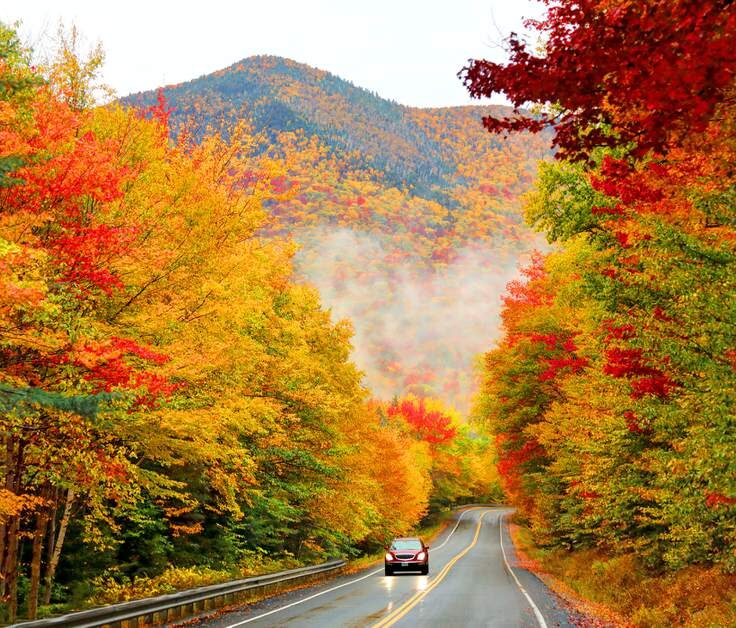
Protect America's Byways
Donate today to help Scenic America protect America's scenic byways.
Donate Today